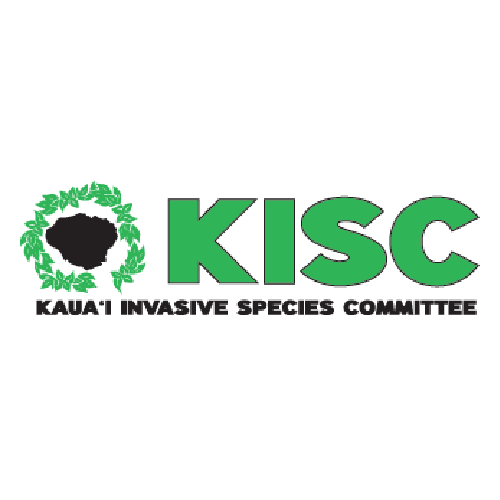Family: Euphorbiaceae
Euphorbia venefica is a shrub or small tree, usually 2–5 m high native to Chad, Ethiopia, Sudan, and Uganda. It typically grows as a succulent or semi-succulent shrub, adapting well to arid and semi-arid climates. The plant’s latex is known to be highly toxic and may cause severe irritation or injury upon contact or ingestion. The caustic latex of this species is used from the Ivory Coast to Sudan as a component in arrow-poisons and is added to bait in traps. From the Ivory Coast to Nigeria it is used by medicine-men for various medicinal purposes, for example as an external vesicant on areas of leprosy, small-pox, chicken-pox, measles, etc. Uses in relation to magic have also been recorded from various parts of West Africa.
There is limited evidence that it is cultivated outside its native range and is currently not reported to be naturalized or invasive anywhere in the world.
High Risk Traits:
- Thrives and could spread in regions with arid tropical climates
- Other Euphorbia species are invasive or high-risk weeds
- With spirally arranged single spines on cylindrical stems
- Toxic and unpalatable to browsing animals
- Sap caustic and toxic to people
- Reproduces by seed
- Seeds dispersed by ballistic dehiscence and through intentional cultivation
Low Risk Traits:
- No reports of invasive or negative impacts where cultivated (but limited evidence outside native range)
- Grows best in high light environments (dense shade may inhibit spread)
- Slow growing




